This 6-part blog series explores the use of MEMS Accelerometers for vibration monitoring in construction and blasting applications, and the five most prevalent issues with these devices, as outlined in Instantel’s recent white paper, “Limitations of MEMS Accelerometers for Vibration Monitoring Systems.”
Instantel’s paper concluded that, when it comes to vibration monitoring for construction and blasting applications, data from MEMS Accelerometers can be unreliable when measuring high frequency vibrations caused by explosives, heavy construction equipment, jackhammers, pile drivers and similar activities. The paper outlined five major concerns, including:
- Vibration Rectification Error (VRE)
- Operational limits at high frequencies
- Aliasing,
- Noise and the noise floor
- Regulatory compliance
Concern #3: Aliasing in MEMS Accelerometers
As we have discussed earlier in this 6-part blog series, heavy construction most often causes a wide range of vibrations at multiple frequencies, including high frequencies (over 500 Hz). These high frequencies can pose several problems for MEMS accelerometers. In addition to being subject to Vibration Rectification Error (VRE) – which is caused by converting vibration patterns from AC to DC – and inherent operational limitations – such as a limited detection range and the inability to filter frequencies higher than 500 Hz – data produced by MEMS accelerometers used for vibration monitoring of construction sites can be distorted by aliasing.
Simply put, aliasing is a type of sampling error in which vibration frequencies that do not actually exist appear in the data. When higher frequencies are involved, MEMS accelerometers typically cannot collect and store samples as fast as they are coming in. This causes the high frequencies to distort the lower frequencies, or “alias” the output of the senor, making the lower frequencies indistinguishable. This occurrence of this phenomenon necessitates a higher sampling rate for MEMS devices, as compared to solenoid geophones, to ensure data integrity.
Read Instantel’s findings here. “Limitations of MEMS Accelerometers for Vibration Monitoring Systems.”
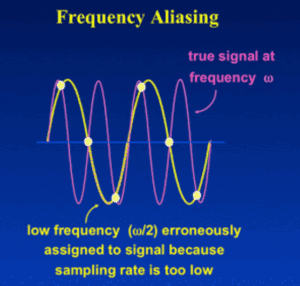
*Figure from mriquestions.com
Part 5 of this 6-part blog series will focus on noise and the noise floor.
-
 Wildfire Cleanups and Recovery: Perimeter Air Quality Monitoring
Wildfire Cleanups and Recovery: Perimeter Air Quality Monitoring -
 Protection from Wildfire Smoke – California, Washington and Oregon
Protection from Wildfire Smoke – California, Washington and Oregon -
 What is Respirable Silica Dust and Why Do You Need to Monitor It?
What is Respirable Silica Dust and Why Do You Need to Monitor It? -
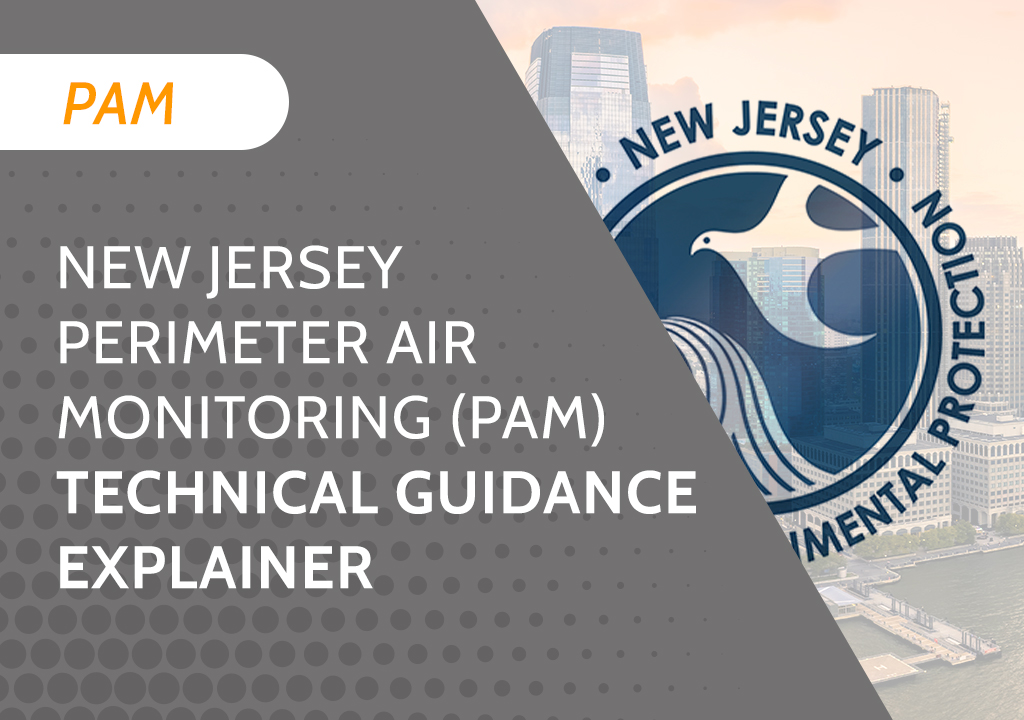 New Jersey Perimeter Air Quality Monitoring (PAM) Technical Guidance Explainer
New Jersey Perimeter Air Quality Monitoring (PAM) Technical Guidance Explainer -
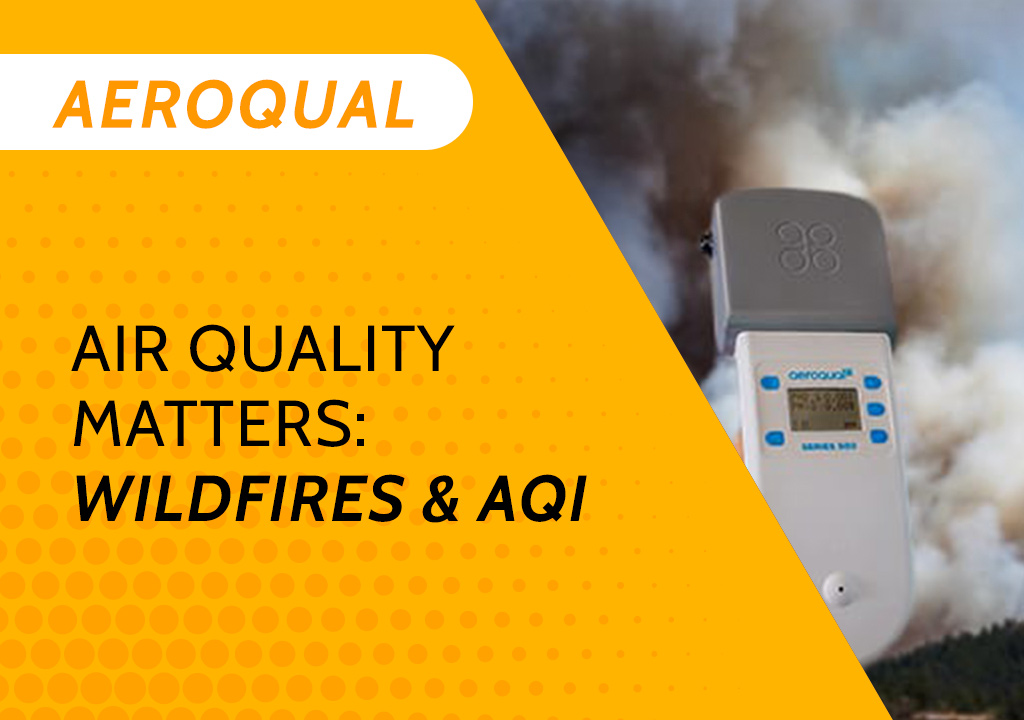 Air Quality Matters: Wildfires & AQI
Air Quality Matters: Wildfires & AQI -
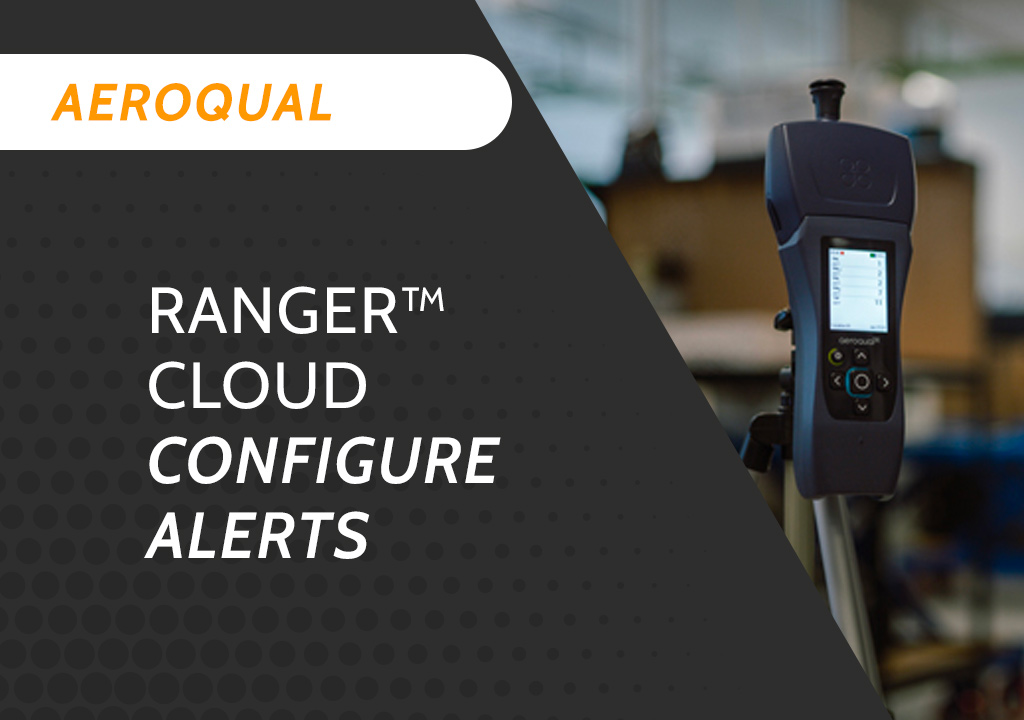 Aeroqual Ranger™ Cloud from Specto Technology - Configure Alerts
Aeroqual Ranger™ Cloud from Specto Technology - Configure Alerts -
 Aeroqual Ranger™ Cloud from Specto Technology - Connect to Wi-Fi
Aeroqual Ranger™ Cloud from Specto Technology - Connect to Wi-Fi -
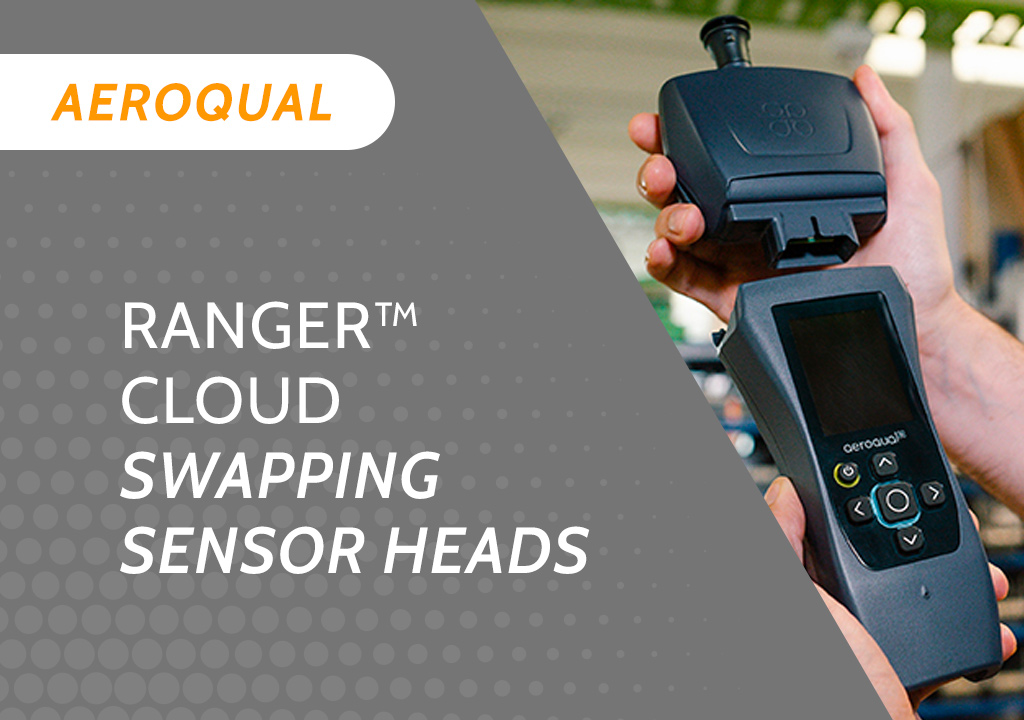 Aeroqual Ranger™ Cloud from Specto Technology - Swapping Sensor Heads
Aeroqual Ranger™ Cloud from Specto Technology - Swapping Sensor Heads -
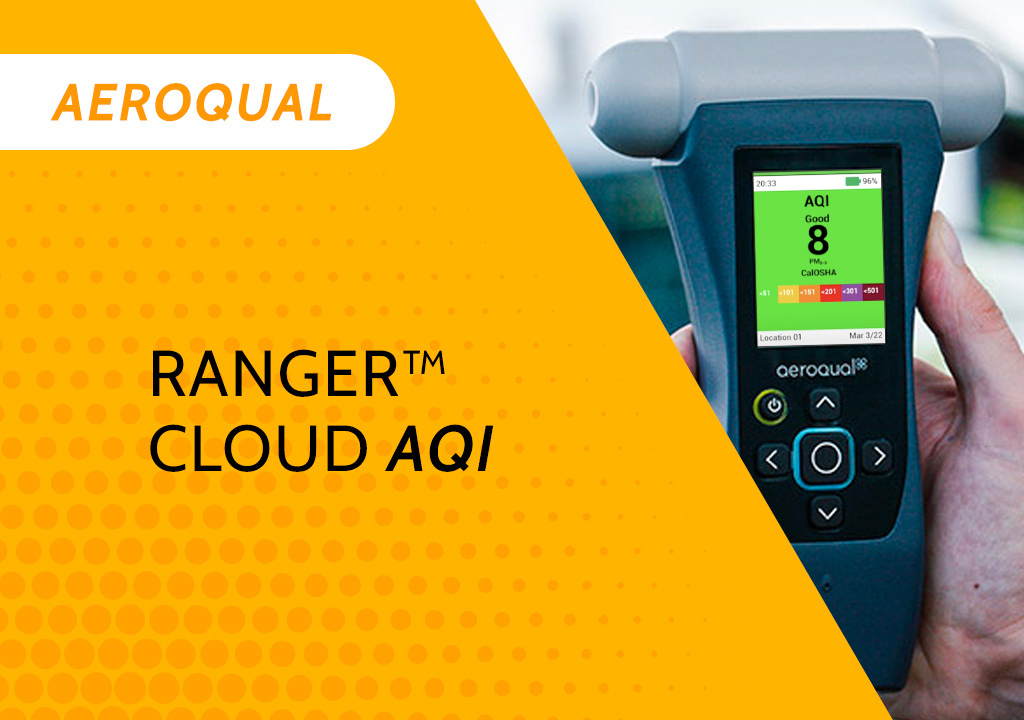 Aeroqual Ranger™ Cloud from Specto Technology AQI
Aeroqual Ranger™ Cloud from Specto Technology AQI -
 Assembly of a pole mounted solar panel system (3 panels)
Assembly of a pole mounted solar panel system (3 panels)
